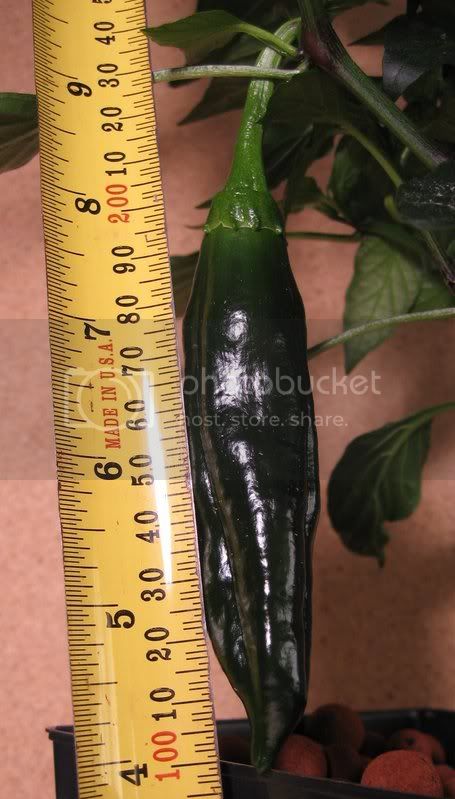We had an energy audit done yesterday and I'm trying to get my head wrapped around all the terms. Watts don't equal light, as a 14 watt flourescent can put out the same amount of light (that humans see) as a 60 watt incadescent. They guy left some samples of 20 watt, 2700K CFL lights I can try in dimmers if I want. They are supposed to put out 1200 lumens.
Several web sites support the 2700K lights as being great for encouraging foliage and flowering. Since they are free and use very little power, I thought I would give them a try.
I also have as couple of 40 watt, 6500K fluorescents and a 40 watt narrow spectrum f-light I can use.
Unless we have one of those periods where the sun doesn't shine for three-five days in a row, I'll only use the light at most three hours a day, and that will be around Christmas time when the days are the shortest.
Does anyone have any experience using these types of lights to supplement natural sunlight?
Also, would it make sense to use 2700K lights until the plant is in full bloom, then use the 6500K to promote growth of the fruit?
Several web sites support the 2700K lights as being great for encouraging foliage and flowering. Since they are free and use very little power, I thought I would give them a try.
I also have as couple of 40 watt, 6500K fluorescents and a 40 watt narrow spectrum f-light I can use.
Unless we have one of those periods where the sun doesn't shine for three-five days in a row, I'll only use the light at most three hours a day, and that will be around Christmas time when the days are the shortest.
Does anyone have any experience using these types of lights to supplement natural sunlight?
Also, would it make sense to use 2700K lights until the plant is in full bloom, then use the 6500K to promote growth of the fruit?


 )with these lamps and I was obsessed of the flower size but now I stop to grow pot but i grow pepper (a lot safer) LOL but one thing I've lurn it's more lument you have more fruit you'll get ..more your grow room is smaller and light reflecting more fruit you'll get and the reflector may change the result to ...and agree with habman 6400 is for seedling and vedge state and 2700k is for bloom ....and if you want my opinion the best lument rate for price is HCFL (like Envirolite ecolight smartlight ect ..) just chec on the net or on ebay they are very cheap . personalu I have a 250w High Compact fluorescent and i work very well !and use very small qtt of power for lot of lumen! if you have any question pm me ,it's gonna be a real pleasur to reply
)with these lamps and I was obsessed of the flower size but now I stop to grow pot but i grow pepper (a lot safer) LOL but one thing I've lurn it's more lument you have more fruit you'll get ..more your grow room is smaller and light reflecting more fruit you'll get and the reflector may change the result to ...and agree with habman 6400 is for seedling and vedge state and 2700k is for bloom ....and if you want my opinion the best lument rate for price is HCFL (like Envirolite ecolight smartlight ect ..) just chec on the net or on ebay they are very cheap . personalu I have a 250w High Compact fluorescent and i work very well !and use very small qtt of power for lot of lumen! if you have any question pm me ,it's gonna be a real pleasur to reply